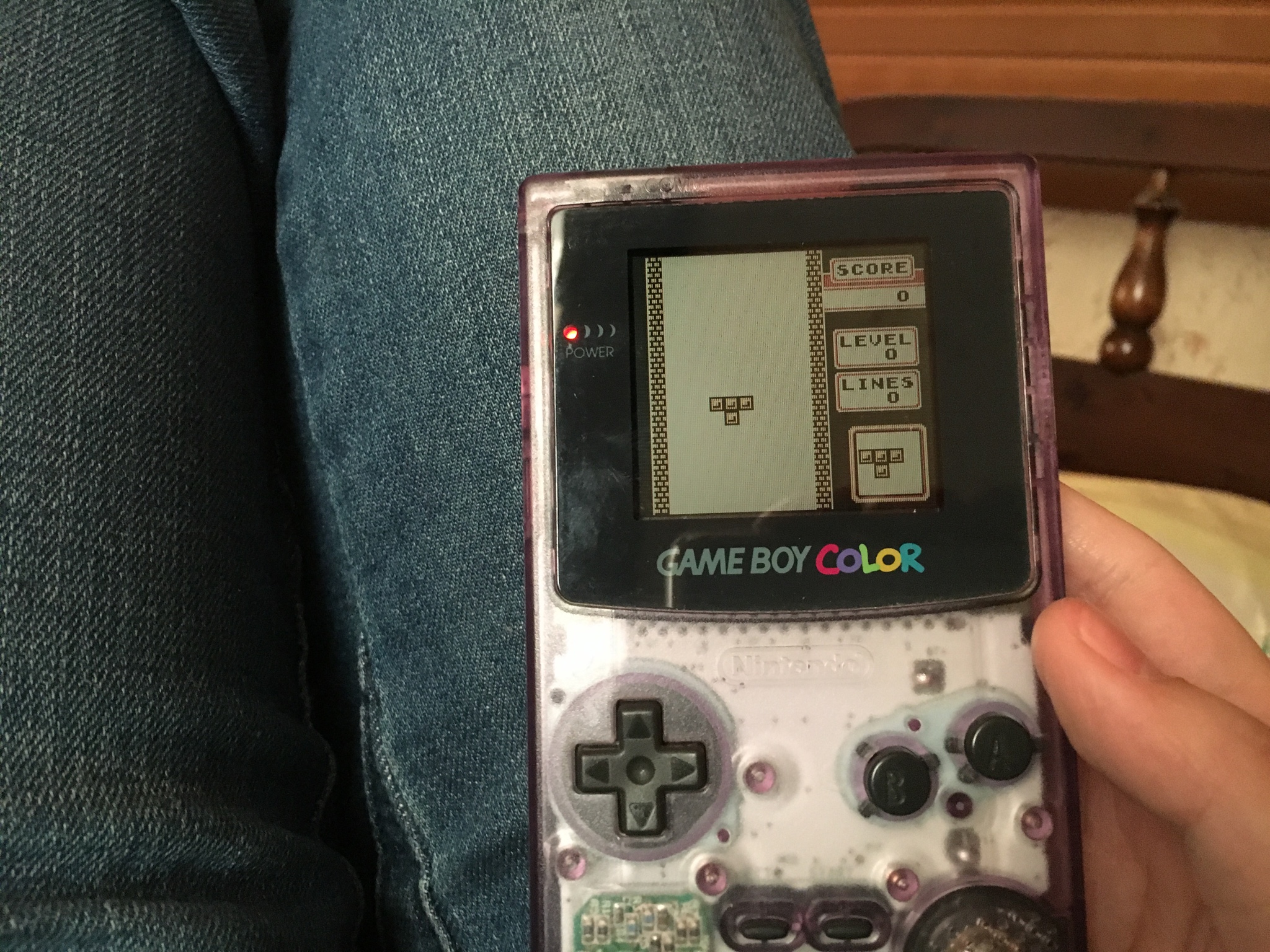single-violin Violano Virtuoso awaiting restoration
impressive machine...
single-violin Violano Virtuoso awaiting restoration
Thanks for the answer about these SD cards, in my Dell D430 I had a limitation on SD card used, and I ended purchasing 120GB SSD for it (I had a 60GB HDD) although I planned to expand space with card. I will try next weekend with Debian 8.I last used Debian 6 on this, and the install process was relatively straightforward then, should only be better now. I've a recollection at the time I had to wire it to the router to do the initial update, but once it had installed them the drivers for the wifi card worked relatively well. Probably now those drivers are on the install medium, so that's unlikely to be a problem.
I'm using a cheapo sandisk 128GB SDXC card. The card claims class 10 support, and UHS-I, but in practice I've never seen anything above about 8MBps when actually copying data around. I just did a dd from /dev/zero though, and that reports 13MBps. Nowhere near the claimed 80MBps so probably not using the UHS interface at all, just the old SD interface. It's all reformatted to ext4, of course, so I didn't even try to use it with the original filesystem.





Well, do you put it in a bag / "taschen" ? Otoh, electricity IS moving electrons.... seems fair.Taschenrechner, but a fully fledged Elektronenrechner.

